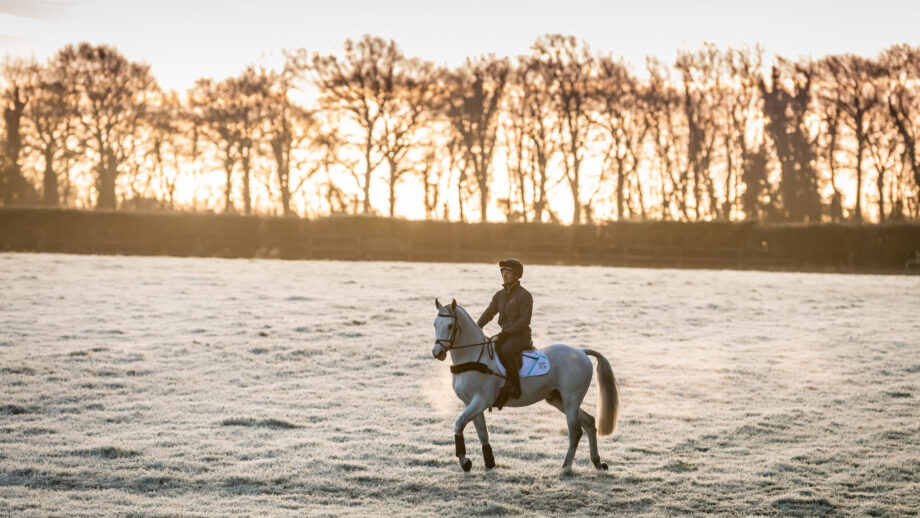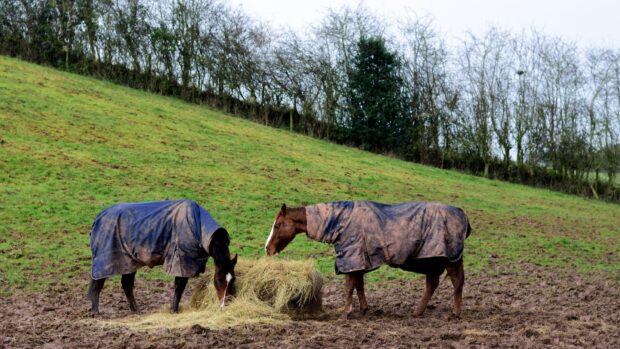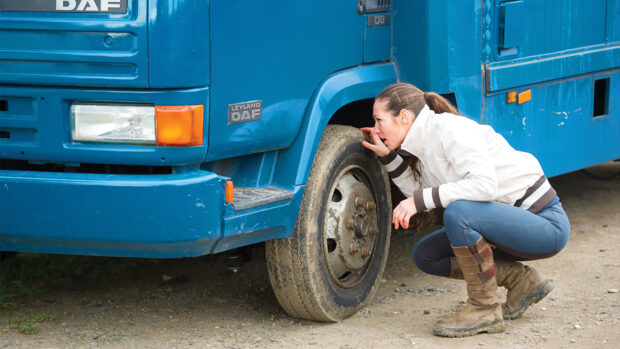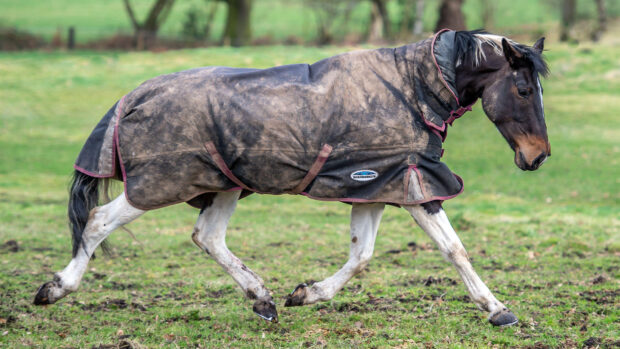Horse riding in winter can be glorious. Those crisp days with gorgeous golden light are a rider’s idea of a winter wonderland, but the elements can throw wet, icy and muddy curveballs in the way.
Owners who compete, trail hunt, have an equine rehab programme to follow or simply aren’t prepared to hang up their boots for a season, will be showing their dedication in order to continue riding through the winter. Continuing to exercise your horse daily may be key to their wellbeing if their turnout time has been reduced.
However, all too often horse riding in winter presents additional challenges. Many of these – shorter daylight hours, boggy ground and ice – represent an inconvenience at best. But when do wintry conditions transform into risk?
Risks of riding in winter
“Reduced daylight, icy surfaces, and wet or muddy terrain can all increase the likelihood of slips, trips, and falls – potentially leading to injuries for horse or rider,” says Francis Martin, CEO of Insurance Emporium.
The British Horse Society (BHS) advises being flexible when it comes to planning your rides.
“Ground conditions can quickly become slippery, frozen, or waterlogged,” says Emmeline Hannelly, BHS horse care and welfare education manager. “So, adjust exercise plans to suit footing, opting for safer or indoor surfaces when needed.”
Riders may also consider scaling back hacking to minimise risk, particularly when it’s icy.
“Choose familiar routes and remain vigilant for hidden hazards underfoot,” says Francis.
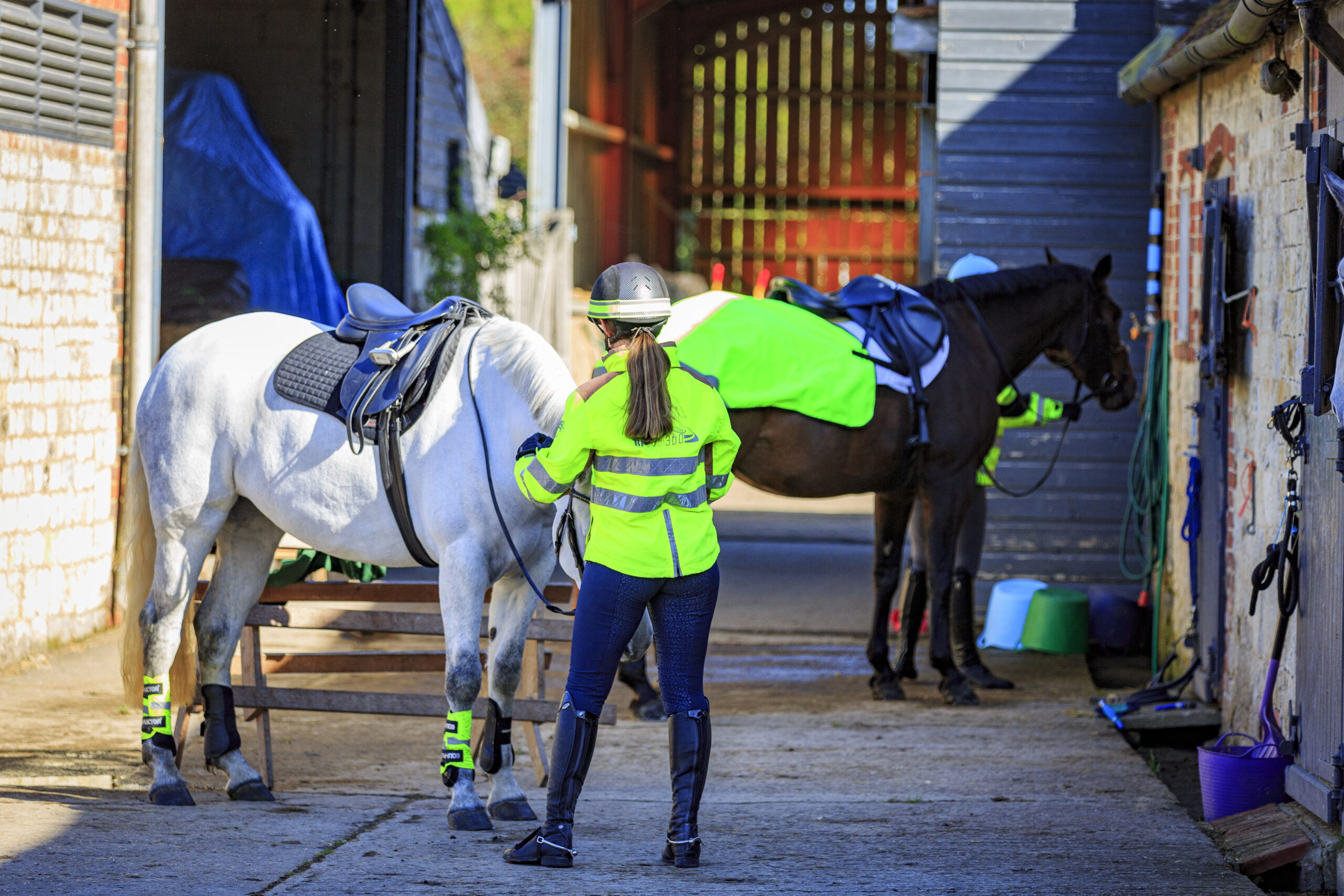
Fewer daylight hours aren’t the only issue. Reduced visibility from fog, rain and snow can occur at unexpected points in your ride.
“Both riders and horses should wear high-visibility and reflective clothing, and consider LED lighting to ensure they’re seen from all angles,” says Francis. “This isn’t just about rider safety; it’s about protecting other road users too.”
Check in with your insurance
Before you saddle up this winter, it’s worth reviewing your equine insurance policy to check what you’re covered for.
“Understanding your coverage ensures peace of mind, so you can focus on enjoying your time in the saddle, even in winter conditions,” adds Francis.
A basic equine insurance policy typically covers the horse for death, theft, or straying – also known as mortality insurance. Some policies also include vet’s fees and public liability as standard, but for others these are extras that you can bolt on to your basic policy, so it’s worth checking what your policy includes.
If you are helping to keep a friend’s horse exercised this winter, then a horse rider insurance policy could be worth investigating. These can include cover for emergency vet treatment for the horse, while it is in your care, and personal injury cover for the rider should you be injured.
Why do riders need public liability insurance?
Public liability insurance covers claims brought against you by a third party following property damage or bodily injury.
For equestrians, this means if someone is injured or their property is damaged by your horse in a public space in a manner within the terms of your policy, you are personally protected from costs payable to the third party (subject to any policy excess).
Your policy may also protect you if your horse caused damage after escaping from his paddock.
“While public liability insurance isn’t a legal requirement, it’s an important consideration,” remarks Francis. “Horses, no matter how well-trained, can behave unpredictably. Insurance could provide a safety net should the unexpected happen.”
Horse riding in winter: before you tack up
In winter, riders who have to stable their horses more because of livery yard rules or land that is unsuitable for turnout because it is waterlogged, can face increased risks.
Switching to a new stabling and turnout pattern can lead to undesirable behaviours caused by the horse being unable to move and express excess energy as it would during its summer routine that includes more time in the field.
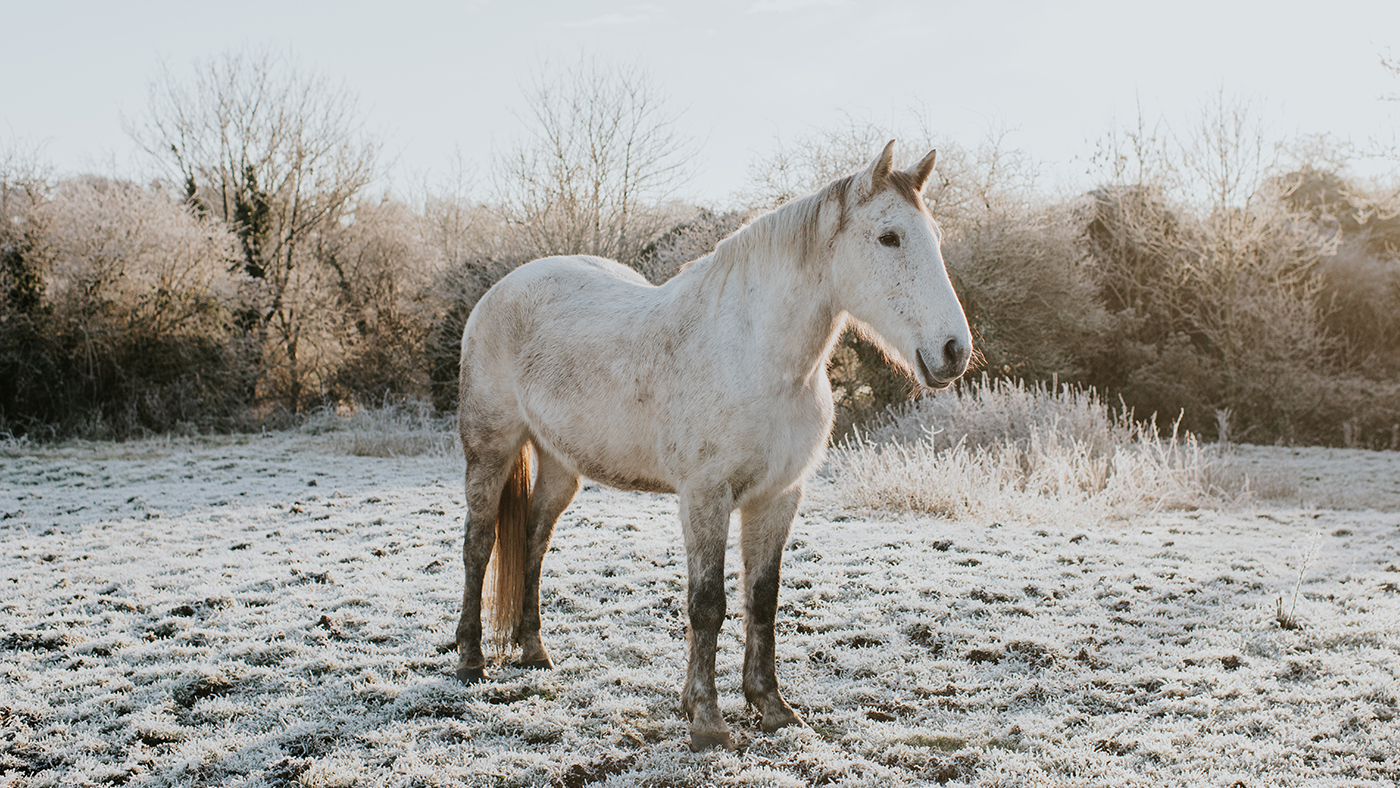
“One of the biggest winter dilemmas is balancing turnout and stabling,” says Emmeline. “Keep transitions between routines gradual to help your horse adjust. Whenever possible, horses should have daily outdoor time, as regular movement supports circulation, digestion, and mental wellbeing.
“Icy or wet fields might limit turnout, with hand-walking or arena exercise as alternatives,” continues Emmeline. “Even short periods outside offer important stimulation and help reduce stiffness.”
Working with your horse from the floor, by using groundwork patterns, training in-hand, lungeing or long-reining can all give the horse a mental and physical workout when time is limited or the horse isn’t able to be ridden.
Frequent checks can help keep your turnout safe.
“Regularly inspect turnout areas for hazards and avoid overgrazing to protect the land. Feeding from hay feeders on hardstanding helps prevent deeper mud and wasted forage,” adds Emmeline.
- To stay up to date with all the breaking news from major shows throughout 2025, subscribe to the Horse & Hound website
You might also like:

Is your horse too sharp to ride? Try these three-minute groundwork exercises to take off the edge and engage their brain before you get on
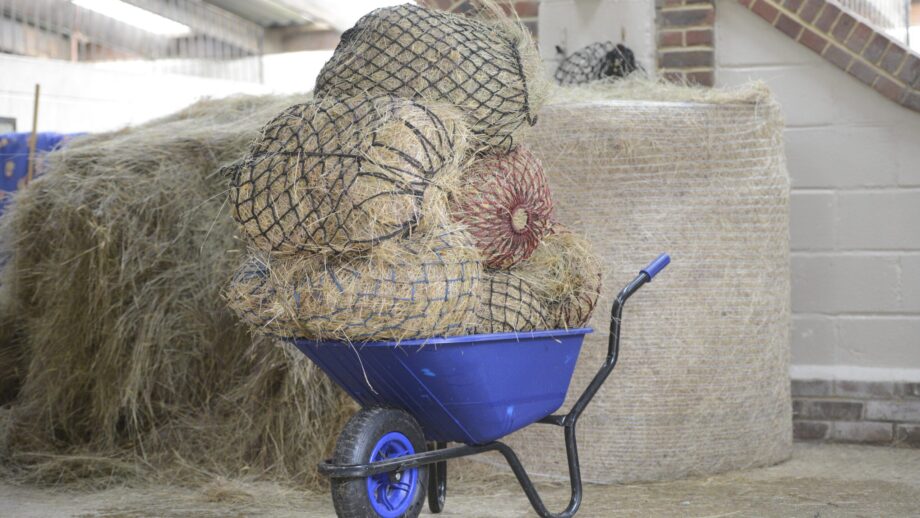
8 ways to reduce your hay bill this winter
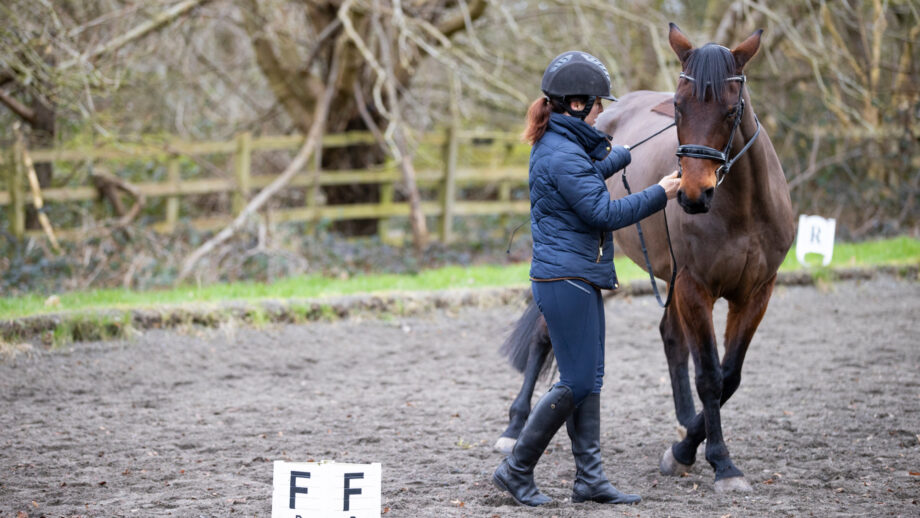
Why in-hand work could be the missing piece in your dressage training: four simple exercises to build your horse’s strength, suppleness and focus

10 of the best waterproof trousers to keep you warm and dry in the saddle this winter

Subscribe to Horse & Hound magazine today – and enjoy unlimited website access all year round

